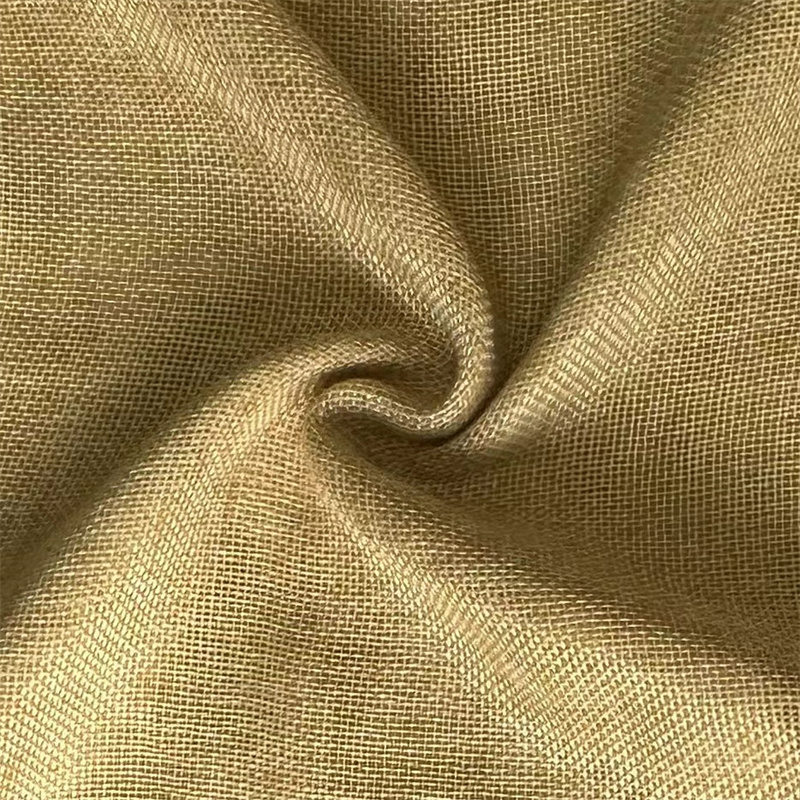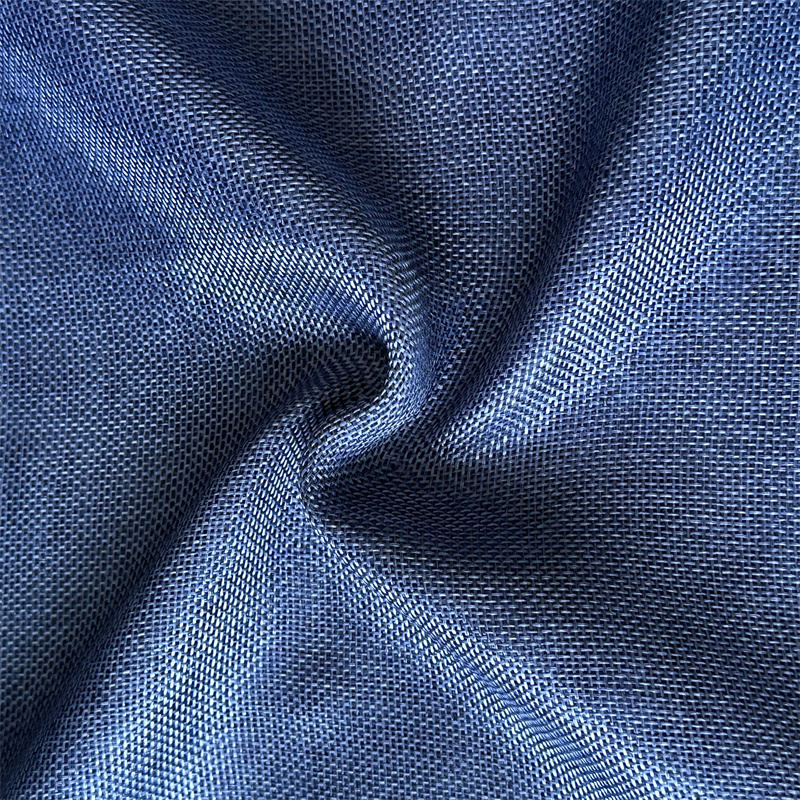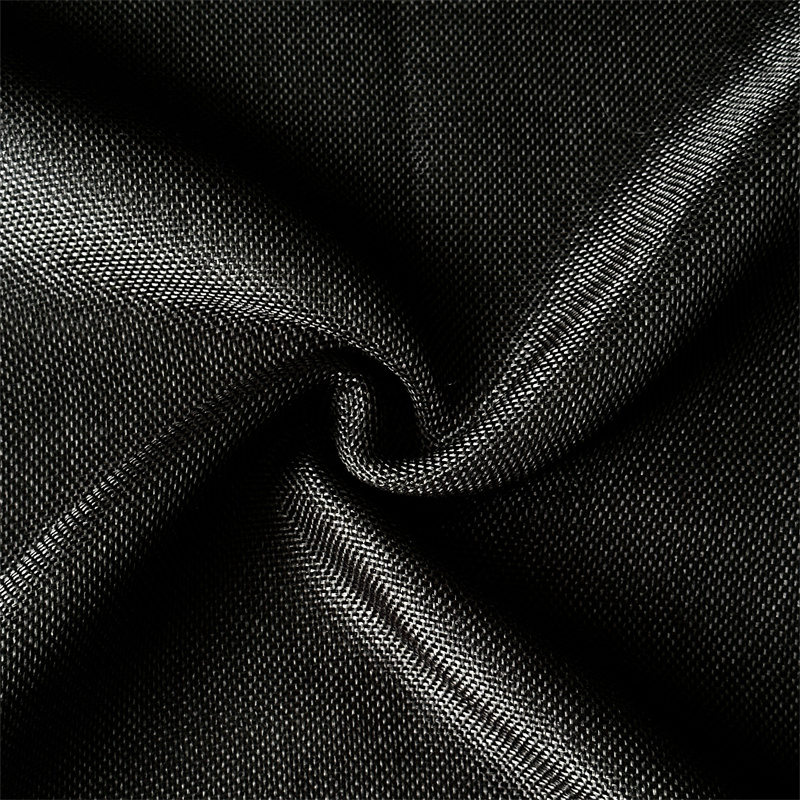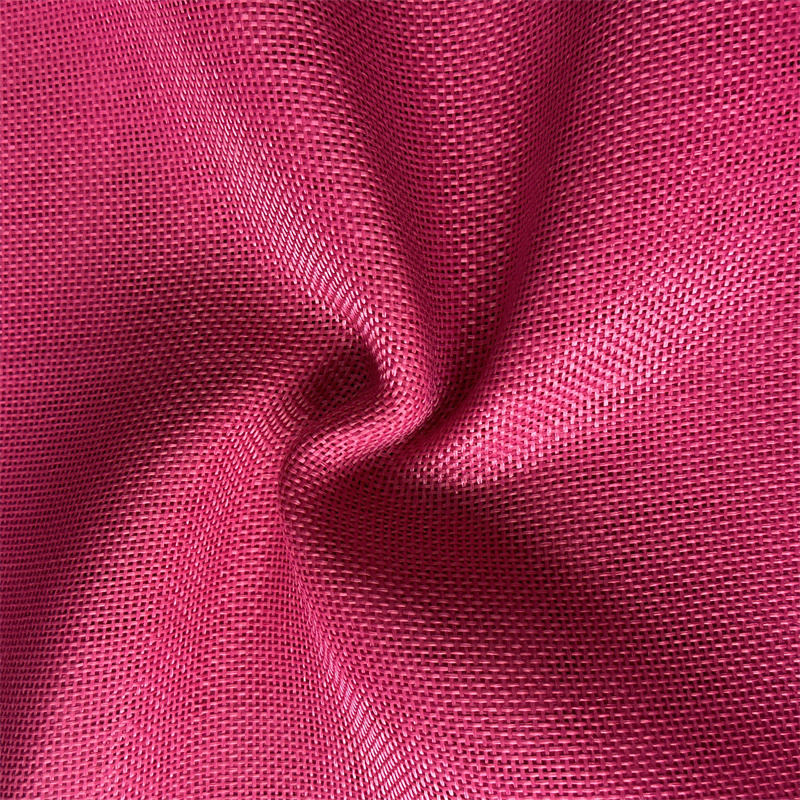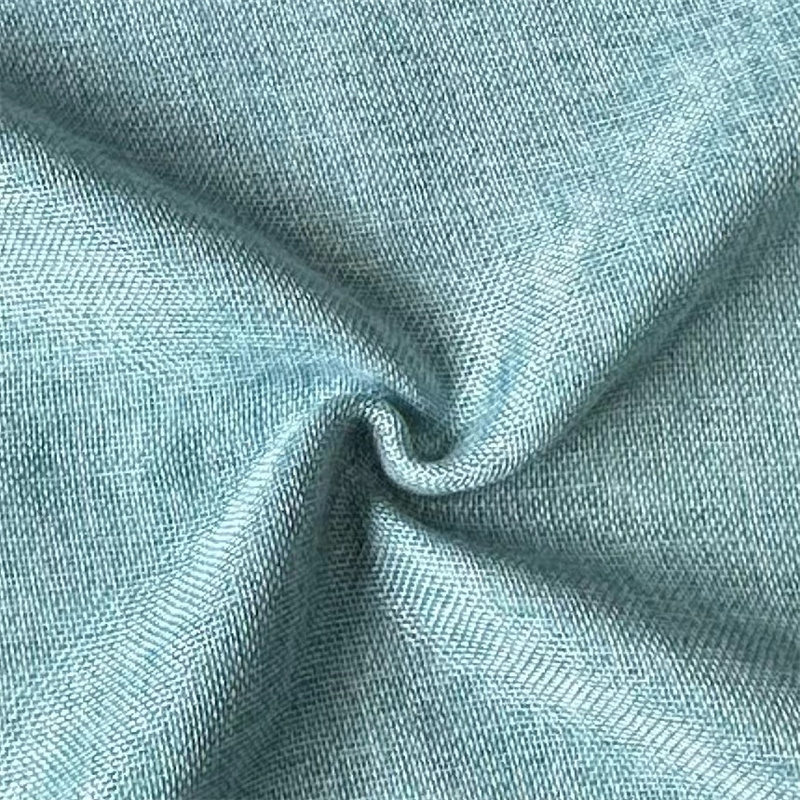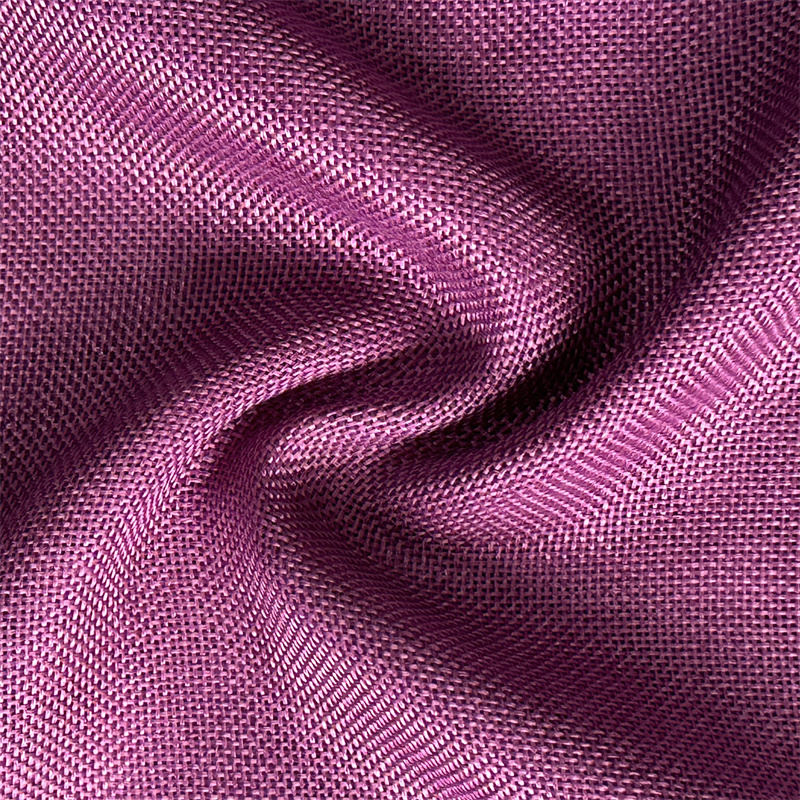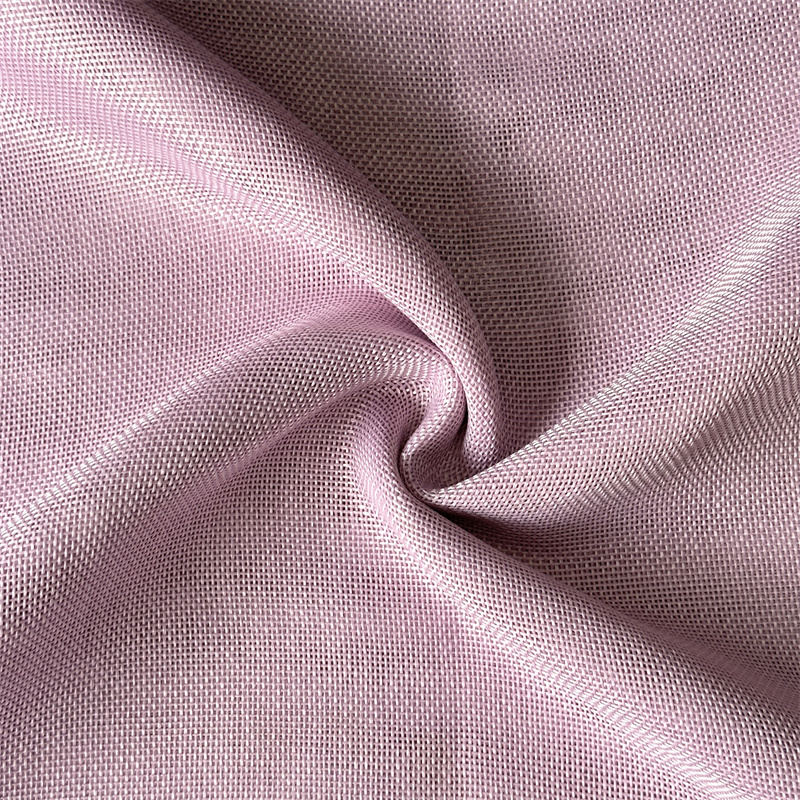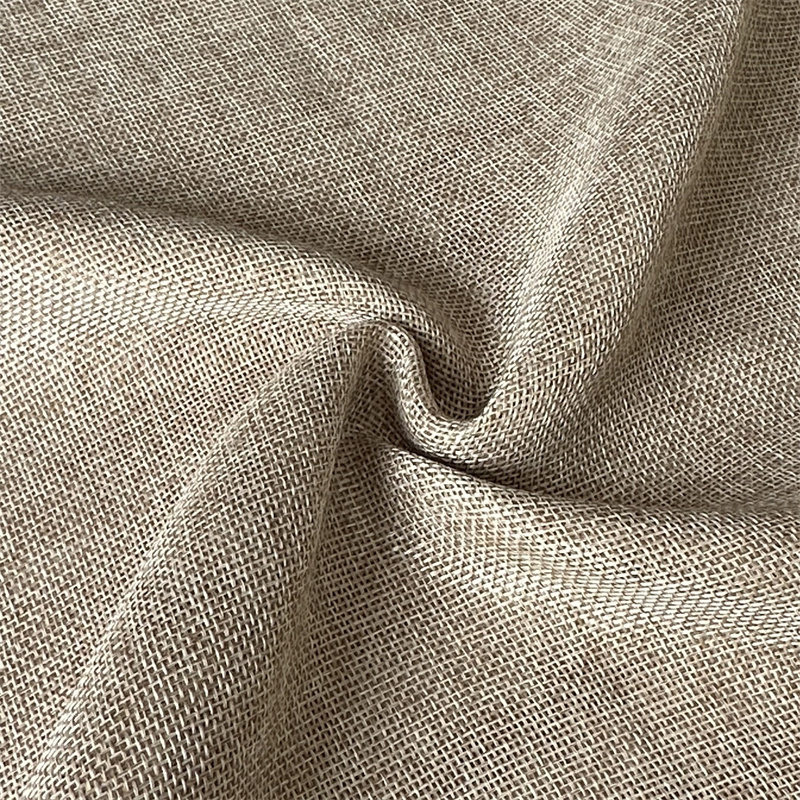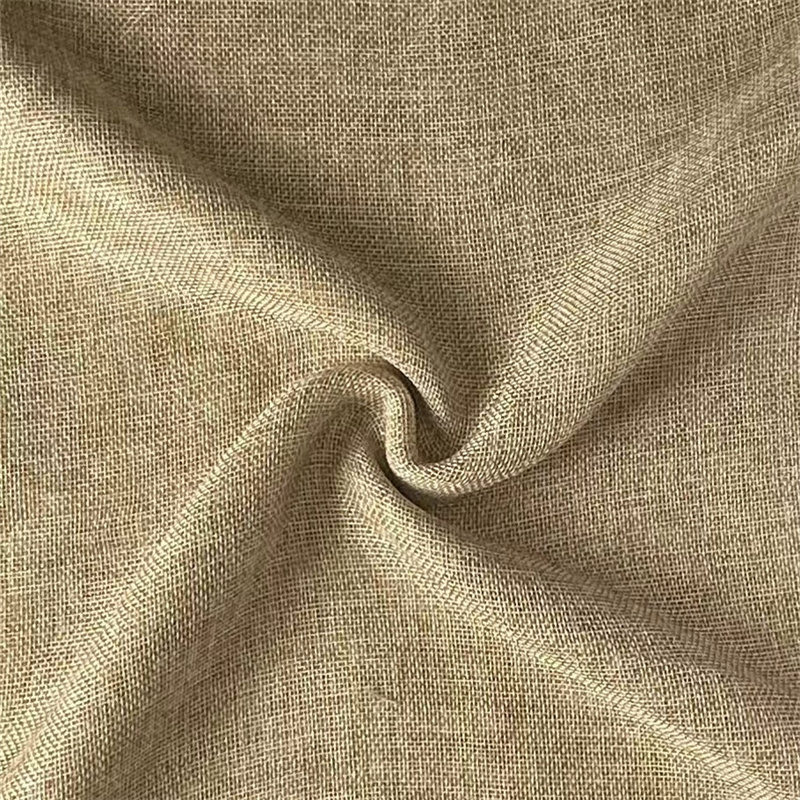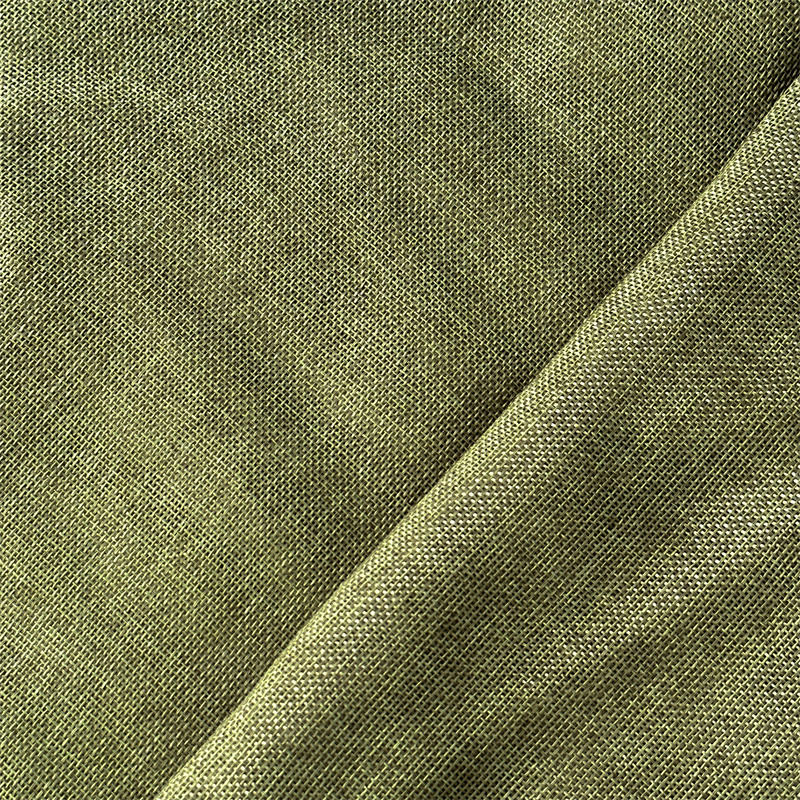In the world of textiles, Jacquard fabric is celebrated for its complexity, beauty, and the intricate patterns that make it stand out in fashion, upholstery, and interior design. Named after the French inventor Joseph Marie Jacquard, this fabric is woven using a special loom mechanism that allows for the creation of complex and highly detailed patterns. Today, Jacquard fabric continues to be a staple in both high-end fashion and home décor, appreciated for its elegance and versatility.
The key feature that distinguishes Jacquard fabric from other woven textiles is its ability to create highly detailed, multi-layered patterns without the need for external printing. The patterns are woven into the fabric itself during the production process, meaning that they are part of the fabric’s structure and cannot be easily removed.
The Jacquard loom, invented by Joseph Marie Jacquard in 1804, revolutionized the textile industry. Before this invention, weaving complex patterns was a labor-intensive and time-consuming process, often requiring skilled artisans to manually lift and lower the threads. Jacquard’s innovation was a mechanized loom that used punched cards to control individual threads, making it possible to produce intricate patterns quickly and with great precision.
This breakthrough led to the creation of Jacquard fabric, a material that became immensely popular in the 19th century for high-end textiles such as brocades, damasks, and tapestries. The Jacquard loom had a lasting impact on the textile industry, paving the way for the industrialization of fabric production and inspiring later innovations such as the punched card systems used in early computers.
The production of Jacquard fabric is a fascinating and highly precise process. Here’s an overview of how it’s made:
The Jacquard loom is central to the production of Jacquard fabric. It consists of an array of individual threads, each controlled by a series of punched cards or a computer system in modern looms. These cards or digital commands instruct the loom which threads should be lifted at any given moment, allowing for the intricate interlacing of warp (vertical) and weft (horizontal) threads.
The first step in creating Jacquard fabric is to design the pattern that will appear in the fabric. This can range from floral motifs to geometric patterns and even highly complex, detailed images. Once the design is finalized, it is translated into a series of punched cards or digital instructions for the loom.
During the weaving process, the Jacquard loom automatically adjusts each thread to create the desired pattern. The loom raises and lowers individual threads according to the instructions given by the punched cards or computer program, allowing for the precise interlacing of warp and weft threads. This allows for the creation of rich, textured fabrics with highly detailed patterns.
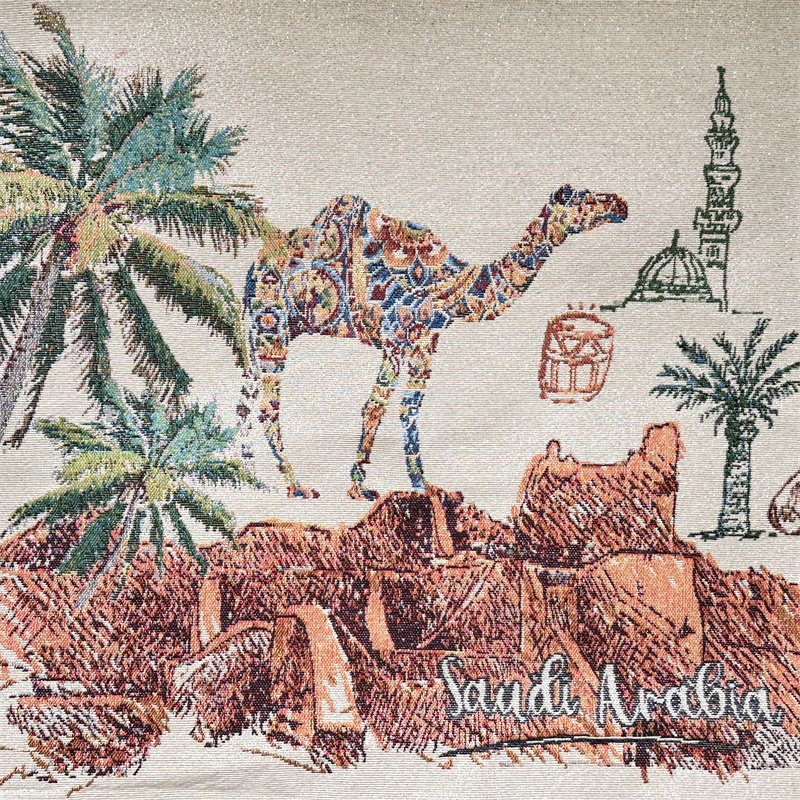
After the fabric has been woven, it typically undergoes a finishing process that may include washing, dyeing, and applying a coating to enhance its appearance and durability. The final fabric may also be embroidered or embellished for additional texture and visual interest.
Jacquard fabric offers a range of benefits that make it a favorite among designers and manufacturers:
The most obvious advantage of Jacquard fabric is its ability to produce intricate and complex patterns. Whether for fashion, upholstery, or curtains, Jacquard fabrics allow for the creation of visually stunning designs that would be difficult or impossible to achieve with traditional weaving techniques.
Since the patterns are woven directly into the fabric rather than applied as prints, Jacquard fabrics are often more durable and resistant to fading or wear over time. This makes them ideal for applications where long-lasting quality is important, such as in high-traffic areas or luxury garments.
Jacquard fabrics are known for their rich texture, which adds depth to the design. The weave itself creates a 3D effect, making the patterns appear to “pop” from the surface of the fabric. This tactile quality enhances the visual appeal of the fabric, making it a popular choice for items that need to make a statement, such as upholstery or evening gowns.
Jacquard fabrics are highly versatile and can be made from a variety of fibers, including silk, cotton, polyester, and nylon. The fabric can be lightweight or heavy, making it suitable for a wide range of applications, from clothing to home furnishings.
The complexity and quality of Jacquard fabric often lend it a sense of luxury and sophistication. Historically, Jacquard fabrics have been associated with high-end products such as royal garments, elaborate tapestries, and fine home furnishings. Today, they continue to be used in luxury fashion and home décor.
Jacquard fabric has a wide array of applications across various industries, primarily due to its aesthetic appeal, durability, and versatility. Some of the most common uses include:
Jacquard fabrics are frequently used in high-end fashion garments such as dresses, suits, and evening wear. The intricate patterns add a sense of luxury and sophistication to clothing. They are also used in accessories like scarves, handbags, and hats, where texture and visual interest are key.
In the interior design world, Jacquard fabric is highly valued for its luxurious appearance and durability. It is commonly used for upholstering furniture, such as chairs, sofas, and cushions, as well as for drapes and curtains. The rich textures and patterns make it a perfect choice for creating opulent living spaces.
Jacquard fabrics are widely used in the production of home textiles such as bed linens, tablecloths, and towels. The intricate designs bring an elevated, elegant look to home furnishings. Their durability also makes them ideal for items that see frequent use, like bedspreads and table covers.
One of the traditional applications of Jacquard fabric is in the creation of tapestries and wall hangings. The ability to weave detailed, multi-colored patterns into the fabric allows for the production of stunning, large-scale designs that can be displayed as art.
The automotive industry uses Jacquard fabrics for upholstery, seat covers, and interior panels due to their durability and luxury appeal. The fabric’s ability to withstand wear while maintaining its aesthetic quality makes it a popular choice for high-end vehicles.


 中文简体
中文简体 Español
Español